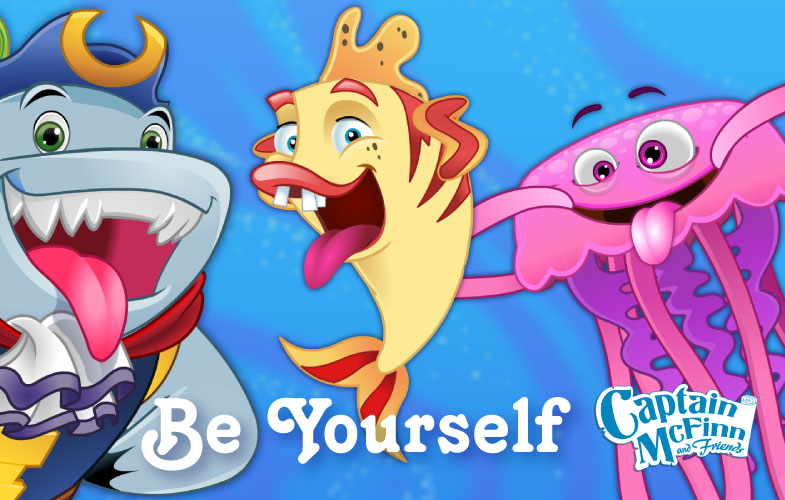How to teach empathy
 The root of most instances of childhood bullying is lack of empathy and understanding of their actions. Teaching these things early on is extremely important to the emotional growth of your child and will benefit not only their understanding of emotions, but also their own feelings. Here are a few examples on how you can promote and teach empathy to your children.
The root of most instances of childhood bullying is lack of empathy and understanding of their actions. Teaching these things early on is extremely important to the emotional growth of your child and will benefit not only their understanding of emotions, but also their own feelings. Here are a few examples on how you can promote and teach empathy to your children.
Talking About Emotions
Identifying and labeling emotions are always great ways to start teaching your children about feelings and giving them a solid understanding of empathy. If they can’t understand how they are feeling, they are not going to be able to relate what someone else is feeling. Start by pointing out and naming emotions for them. Whether they are happy, angry, or in tears, it’s good for them to become self-aware of emotions early on.
Using Examples
A really great way to label emotions and practice empathy with your child is to use examples. When watching TV, or reading a book, try to encourage your child to relate to the characters. You can even do this with babies and pets, as they can’t speak for themselves, you can encourage your child to wonder about their emotions.
Conflicts are Teaching Moments
After a conflict is a great time to sit your child down and evaluate the positives and negatives of the situation. This can only be done after the issue has been resolved and the participants are calm. Once things have settled down, guide them in a discussion of what they were feeling. Let them realize their actions were reactions from their emotions and give them examples on how to react positively next time.
If you have an altercation in front of your child, although it should be avoided, it is vital to resolve the conflict in front of them. If they don’t observe adult conflict resolution, they will be less likely to resolve their own conflicts in the future.
Praise Empathetic Responses
Make sure when your child shows empathy to others that you praise them and let them know how you feel about it. Show them how proud you are of them when they can empathize and when they can express their own emotions positively. This reinforcement will encourage them to continue to evaluate their emotions and how they can relate and empathize with others.



